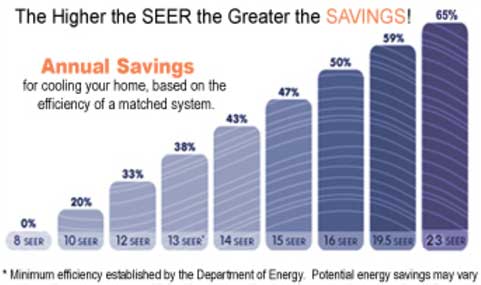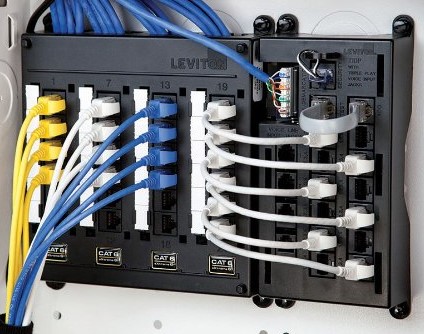Electrical Work
Electrical work: Installing a high quality, house wide, surge protector by the power company, or whole house surge protective devices will be important to protect electronic devices and computers.
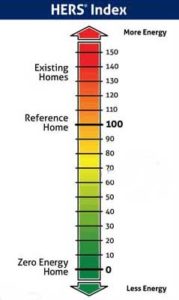
HERS Ratings Index
Central air/heating. AC units are measured in SEER ratings. A SEER rating is the ratio of the cooling output of an air conditioner over a typical cooling season, divided by the energy it consumed in watt-hours. Central air is mandatory. What size? If you have a two level house do you get two? One larger one? Will they heat/cool properly in all rooms? A concrete house will not breathe as a wood framed house does. How do we make sure the air exchange is good? What quality ducts and how much insulation can you use to prevent loss of cool air? A home energy rating (HERS) is an analysis of a home’s energy efficiency; as per the Home Energy Rating System Index. The HERS Index is the nationally recognized scoring system for measuring a home’s energy performance.
HVAC: What a multi-zone system really is. By multi-zone, I mean “the ability to control multiple zones with multiple thermostats, all electronically, and without having to physically open and close vents”. The HVAC pad, should it be the same elevation as first finished floor? Is that high enough? For the ducts, should they be sprayed with polyurethane closed cell so there is no condensation? Do we used the higher quality rigid duct work?
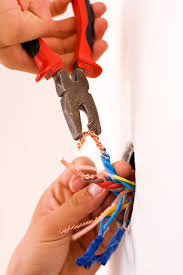
Cat 5/6 wiring: We like wall plugs! For every electrical plug do you get charged more by the building department? Do you buy “big box store” quality or professional quality material for all fasteners that are exposed to this extreme environment? We want all the electrical work inside walls, not in metal conduits on the walls.
Generator: We want to at least power the kitchen circuit. Can the generator be installed above grade outside or only underground? Can it be only propane powered? I was told whole house generators are easy to install and relatively inexpensive. Can a generator have some house circuits on and some off?
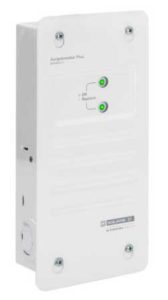
Whole House Surge Protector
Lightning electrical breaker: How do you protect all of the electronics inside your home in this environment? A whole-house surge protective device with “Consumable Modules”, allows you to replace the individual modules yourself, without opening the main panel or shutting off power to the entire house. Some products have to be replaced after a major power surge.
Built in security system: (cat 5/6?), not sure I trust the “Internet of Things” yet. I’ll stick to wired connections. There is too much hacking of wireless systems.
Ceiling fans: We will have one in every room, mandatory per code.
I assume we will use Romex/NM wiring, typical for residential construction. Nonmetallic (NM) cable thrives in dry, protected areas, such as the insides of walls or the sides of floor joists. NM wire has a couple of subtypes: BX cable, also known as armored cable, has a metal sheath around it, and TECK cable adds another thermoplastic lining over the metal sheath. NM cable consists of three wires: One “hot” wire carries the current and shares duty with one grounding wire and one neutral wire.
For chases between spaces in walls and ceiling we may use Smurf tubing. It is a light weight, flexible and strong non-metallic raceway system for use in walls, floors and non-plenum ceilings.
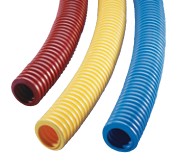
Smurf Tubing
The newest product is structured wiring, it works as a whole house network for audio, video, data, telephone, television, home automation or security signals, etc.

